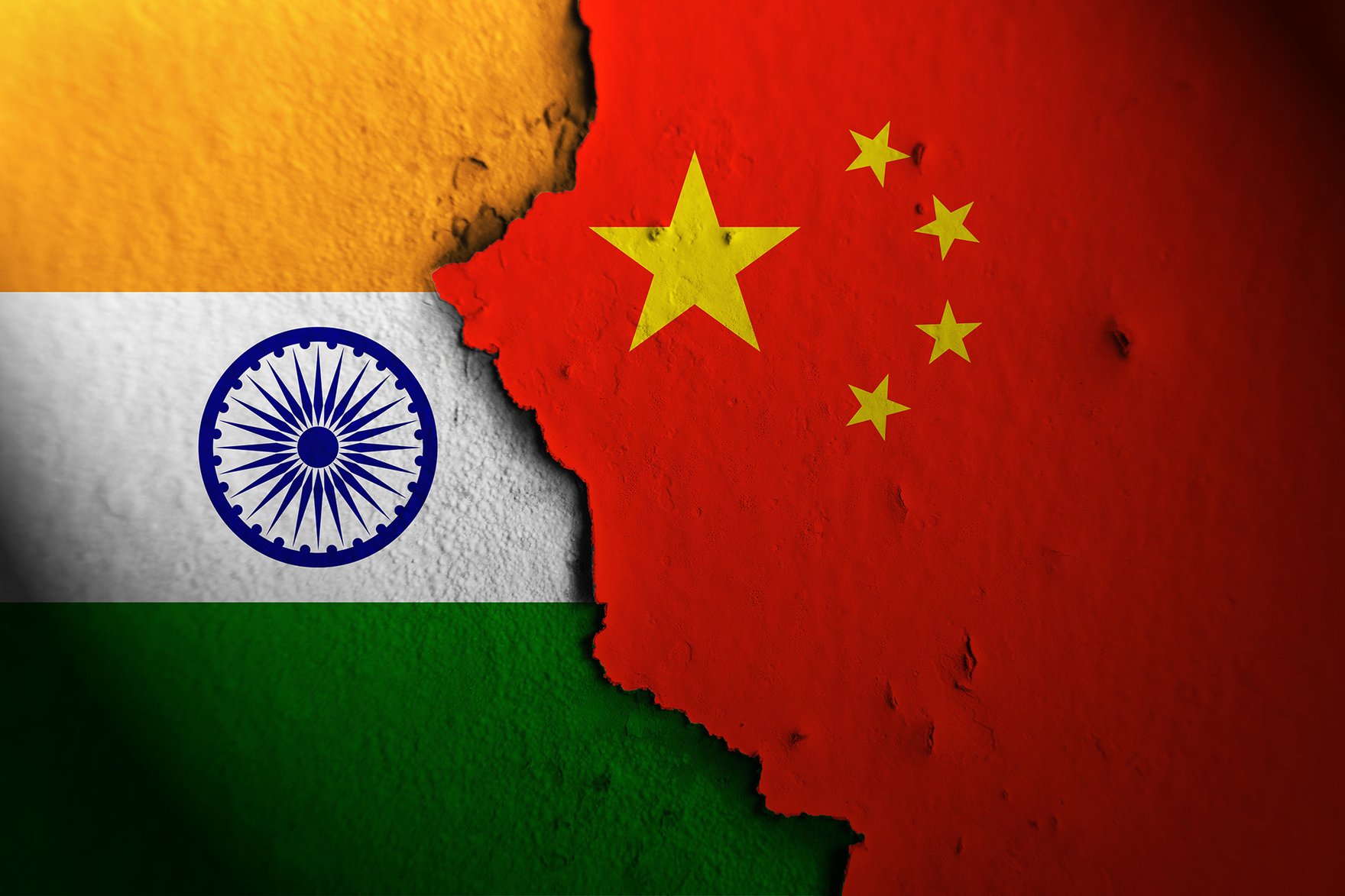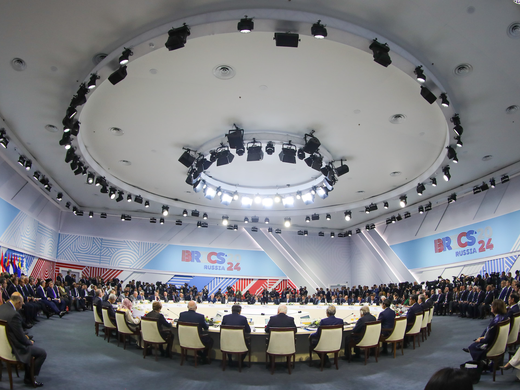The skirmishes in Galwan in the India-China border areas in the summer of 2020 led to the loss of lives of soldiers on both sides, for the first time in several decades. India conveyed to China that it could not be business as usual while its borders faced aggression, while China contended that border management should be viewed from the overall context of bilateral relations. The stalemate continued until fall 2024, when, after four years of painstaking negotiations amid frosty relations, an understanding was reached to disengage forces in close proximity. Prime Minister Narendra Modi and President Xi Jinping met on the margins of the BRICS1 summit in Kazan and high-level exchanges followed to negotiate the path of rapprochement.
The challenge for India and China, two ancient civilizations seeking to make economic and strategic adjustments in modern times, was how to craft a relationship that, while minimizing the possibility of conflict, can take advantage of opportunities for cooperation and manage the competition that is natural for growing powers.
Minimizing the Possibility of Conflict
The India-China border areas have been relatively peaceful since the end of the war in 1962. The priority for both countries at that time was to advance economic growth and avoid miscalculation on the fragile line of actual control. Following extensive negotiations, India and China signed bilateral agreements on the maintenance of peace and tranquility, confidence-building measures, and guiding principles and political parameters to address the outstanding boundary question.
It is noteworthy that even during the recent skirmishes, which saw “grey zone” conflict, neither side allowed the situation to escalate to full-blown war. Each country was aware that dialogue was the way forward, that the opposing side could not be contained and that external forces would have limited influence in the ensuing conflict. However, further negotiations, as well as political will and new agreements, may be necessary to maintain peace and tranquility across the Himalayas.
Taking Advantage of Opportunities
In ancient times, the spread of Buddhism from India enriched Chinese society. As modern nations, the quest for improving the living conditions of their citizens has provided a common objective for both countries. Following the introduction of reforms, both India and China have experienced rapid economic growth, globalization and a rise in national power. China’s gross domestic product has grown to be four times that of India, while India’s population has overtaken China’s.
The future provides an opportunity to shape an emerging Asian century. India’s vibrant democracy, youthful demography and aspirational society in the fastest growing major economy represent a confident nation willing to play an active role in global affairs, while China’s spectacular rise has already positioned it as a global power.
An Era of Cooperation and Competition
The logic of economic engagement in a globalized world is strong, even while strategic competition may endure.
Since 1990, bilateral trade has grown from a mere US$50 million to over US$100 billion. Growing imports of cheap Chinese goods have fed value chains and infrastructure projects but have also weakened domestic industry, while exports, primarily raw materials, have been sluggish, leading to a trade imbalance.
Indian investments (primarily in internet technology, pharmaceuticals and manufacturing) and Chinese investments (chiefly in electronics, automobiles and start-ups) have faced significant challenges. The India-China Joint Study Group highlighted the benefits of cooperation and also pointed out impediments and the complimentary nature of the two economies. However, bilateral free trade agreement negotiations did not proceed due to concerns over market access and trade imbalance. Recent restrictions by China on the export of critical materials, as well as Indian scrutiny of Chinese investments and travel restrictions imposed by both sides, confirmed that economic ties have been affected by a trust deficit and border tensions. Thus, the recent rapprochement on the border issue augurs well for a renewal of economic engagement.
The fact is that China is a global manufacturing hub with growing prowess in technology and finance, despite a recent domestic slowdown and divestment by developed countries to build resilient supply chains. As India’s buoyant economy has grown more attractive for foreign investment and technology flows, the outlook for Chinese investments to India has turned positive. China may need India’s markets in the future, just as India may wish to diversify its economic engagement.
Yet in terms of strategic engagement, as the two civilizations gain major power status, there remains a divergence in perception and approach that may widen if left untended.
China’s Belt and Road Initiative provided much-needed funds for infrastructure projects in developing countries, yet many of its projects proved to be unviable, leading to a higher debt burden among recipients and in some cases the pledging of national assets to repay China. By contrast, India’s development assistance, focused on capacity building and the recipient’s development priorities, has been relatively modest in scale but has earned goodwill. India’s humanitarian assistance and disaster relief activities, particularly in providing vaccines during COVID-19 and as a first responder during natural disasters, have consolidated its standing as a net security provider and as a prominent voice of the Global South.
Meanwhile, China’s assertive diplomacy and territorial claims have raised concerns among its neighbouring countries. Some of those neighbours have looked to India and the Indo-Pacific as a balancing force, as they seek diplomatic space for a free and transparent rule-based order.
The reality is that when it comes to global governance and multilateralism, India and China have differing priorities. At the United Nations, where China is a permanent member of the Security Council and India continues to seek an appropriate role, there is competition for strategic space. China seeks a larger role in the United Nations’ multilateral financial institutions but prefers its status quo in relation to political and strategic issues. This contrasts with India’s efforts to bring the Global South to the high table of global governance and effect reforms of the multilateral system in regional and plurilateral groupings such as the Shanghai Cooperation Organization, BRICS, the Group of Twenty, the Association of Southeast Asian Nations and the Quadrilateral Security Dialogue. India’s objective to build partnerships in a multipolar world contrasts with China’s quest for global leadership.
Conclusion
After its spectacular rise to major power status, China has used its assertive diplomacy to fill a power vacuum and test its hard power capabilities. India’s continuing rise, founded on a democratic tradition and sustained economic growth, provides an alternative model of inclusive global governance in the twenty-first century.
We are entering an era in which the Indian narrative of “two tigers find space in the forest” provides a cooperative and harmonious model for both Asia and the global community and specifically for India and China, as they seek to strike a balance between cooperation and competition.
A version of this article was previously published by NDTV.



